We recently got a chance to interview Antonio Santamaria, Head of Engineering at Vitamin-G, the developing team behind The UnderGarden. Santamaria spoke to us about the unique world, game play, and music of The UnderGarden.
Check out the interview below, and be sure to watch the launch trailer released earlier today.
You guys created a unique world for this game that seems to have a fantasy look to it, as well as an alien look. Where does this game take place?
Santamaria: We never really say exactly where the game takes place, although people often think it’s in space or underwater. Like the character itself, we left this a little vague so that people wouldn’t make assumptions about the environment, or say “it’s a space game” for example. We wanted this to be something that people would discover, or better yet, interpret for themselves. By the time people finish, they might have developed a theory or two. We’ve heard some good ones!
Visually, what were you aiming for in this game and what were your influences going into designing the levels?
Santamaria: As the game emphasized creation over destruction, we wanted an environment that really showed this off. Having flowers grow over dark, lifeless rocks and caverns seemed like a natural fit, since that’s what basically happens in nature. For the flowers themselves, these have their roots (no pun intended) in exotic plants that you might find in tropical locales or underwater, although these have been exaggerated somewhat to give them a more imaginative, fantastical look. So if you look at an underwater scene of a coral reef, for example, you might see these really bright formations standing in stark contrast to the dark overall surroundings. That’s kind of what we were after: the world starts out mostly dark and lifeless, and fills with color and music as you play.
You mentioned in posts on the Playstation Blog that the game is easy for anyone to pick up. Are you going with a simple button configuration, or are you using the SIXAXIS feature, or a combination of the two to allow for those who don’t typically play games to pick up the controller and play The UnderGarden?
Santamaria: The control scheme is pretty simple, and most of the game can be played with the left stick and just one button. Players use the left stick to float around, and the square button to grab and release fruit that you pull off the plants. We have a separate button for boosting, but this is optional and only needed to help you dart around faster or pull some especially sticky fruits off a branch. Otherwise, there’s another button to warp out of a level, or back to the next checkpoint. For the most part however, it’s strictly a one-button game, and if you are playing co-op, one of the players can even get by without the button!
We didn’t use the sixaxis motion controls, although we have talked about Move support. That is something that we are considering as a future update, so it could happen.
Did you experiment with the Playstation Move controller to be compatible with the game?
Santamaria: We have been developing with the Move for a little while, and have some ideas about how we would implement Move support. It will all depend on how much demand there is for this, but if enough people want it this would be something we would like to try.
I know you mentioned in a previous post on the Playstation Blog that there will be puzzles in the game, and you also stated that this is a relaxing game to pick up and play. Will the puzzles be difficult to solve, or does it fit well with the relaxing atmosphere that you are going for?
Santamaria: We tried to have puzzles that were satisfying to solve, but never frustrating. This was important because we found that when people were “in the zone”, just enjoying the colours and music, if they found themselves stuck they would immediately get pulled away from the fluid feel we were trying to engage them in. So making a puzzle a little challenging, but not overly so, became a bit of a balancing act. The approach we took was to first make sure all the puzzles made sense, ie. heavy fruit was used to push things down, explosive fruit blew things open, etc., and this had to remain consistent throughout the game. There are a few trickier puzzles though, so the other thing we did was keep them off the critical path. These puzzles are generally optional, although they often lead to a special flower or collectable if you manage to work your way through one.
What other game play features will we expect to see with this game?
Santamaria: Beyond the plants, fruits and soft puzzles, there are also some environmental properties to contend with. For example, some levels have windy areas that will carry you through sections, or smog that needs to be cleared up using some other fruits that you find. There are also some plants that are more active; they can actually be manipulated to some degree to perform some actions. There are a few other life forms in the world, and these can help or hinder your progress as well (but never kill you). We’ve also hidden a bunch of special flowers throughout the game, along with some special crystals. These are collectables, and are there for the completionists to go for some of the Trophies. And of course, there are these little musicians scattered about, that allow you to alter the background music of the game. Of course, the entire game supports drop-in/drop-out co-op play, so you can jump into any or all of the levels with a friend.
In a recent post on the PS Blog, you mentioned that music plays a huge role in the game. How does it play out with the game?
Santamaria: We’ve always felt the aural experience was really important in a game, so for The UnderGarden we treat the player as an active participant in the music. The interesting thing about the music is that it is dynamic. The background tracks are layered, and the player really is in control of the overall mix. So, for example, floating near some of the musicians scattered about might add a layer of flute, or bass or percussion to the mix. But you can also pick up the musicians and pull them along in any combination. This changes the background music, and if you pull them through the flora you can alter the sounds effects as well, adding even more to the soundscape. It is all tied to the visuals, and done in a nice ambient way that really emphasizes the relaxing, calming nature of the game.
Musically, what tone were you going with for the game? Will it have a consistent tempo throughout the game?
Santamaria: The music has an ambient, almost new-age feel to it, with many of the sounds based around piano’s, synths, and other symphonic elements. This applies to the sound effects as well, which are all based on some musical instrument or another. As the player completes levels, the soundtrack in the hub changes to reflect their progress, and more and more of the orchestra comes in and fills out the arrangement. Each area also has its own personality and feel, from more ambient sounds on the wind based levels, to the more energetic feel of the electrical based levels. Our talented audio director created well over an hour’s worth of music for the game and spent a fair bit of time trying to find the best way to allow the player to control the mix, so what you end up hearing to some extent is based on your actions.
How will the Co-op work for this game? Will your partner need to contribute to your overall goal? Will there be an AI controlled character if someone were to play by themselves?
Santamaria: The game is normally played by one player, but a second can join in on the hub and jump into (or out of) any level. We love co-op games, but find that too often the assumption is that both players are equally good. We wanted a system where the second player could participate in the action, but not have to worry about getting left behind or being stuck. We ended up casting player two as a helper of sorts: they can do almost everything player one can, but will also get pulled along if player one decides they want to move on. So the second player can help solve the puzzles, or collect pollen, or grow different plants, or they can also just float around. People have told us that they like to have their co-op partner grow flowers, decorate the world and change the music, while player one does the heavy lifting. Like the entire game itself, we’ve left the decision of how people want to play The UnderGarden up to the players, whether playing alone or with a friend.


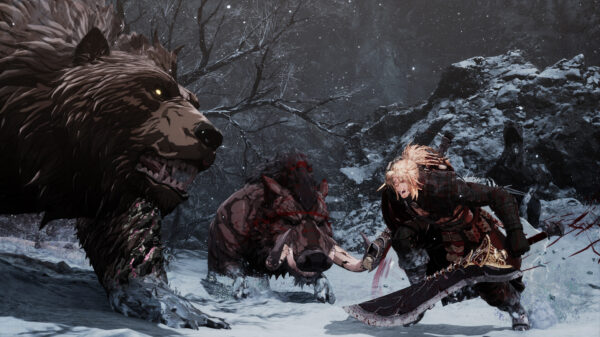
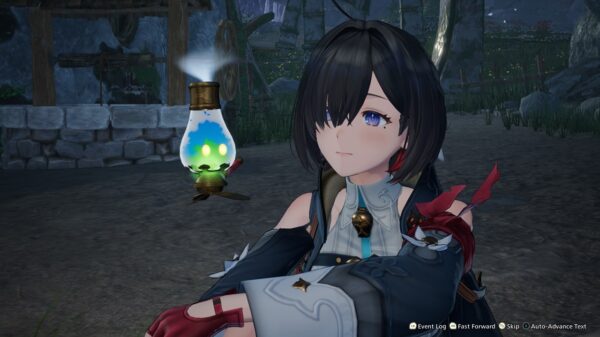




















































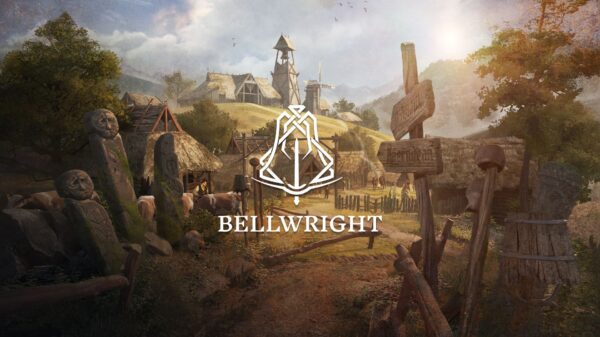
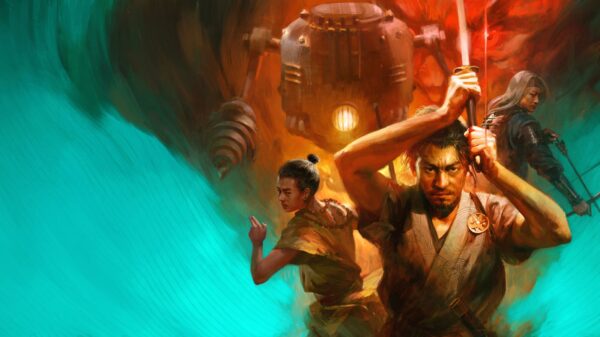


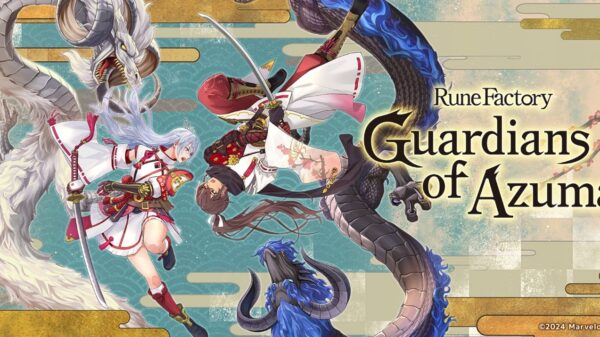
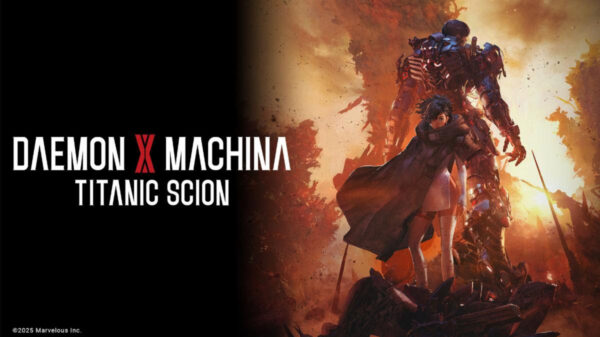


































mike
February 23, 2011 at 4:00 pm
wow thanks for blowing me up